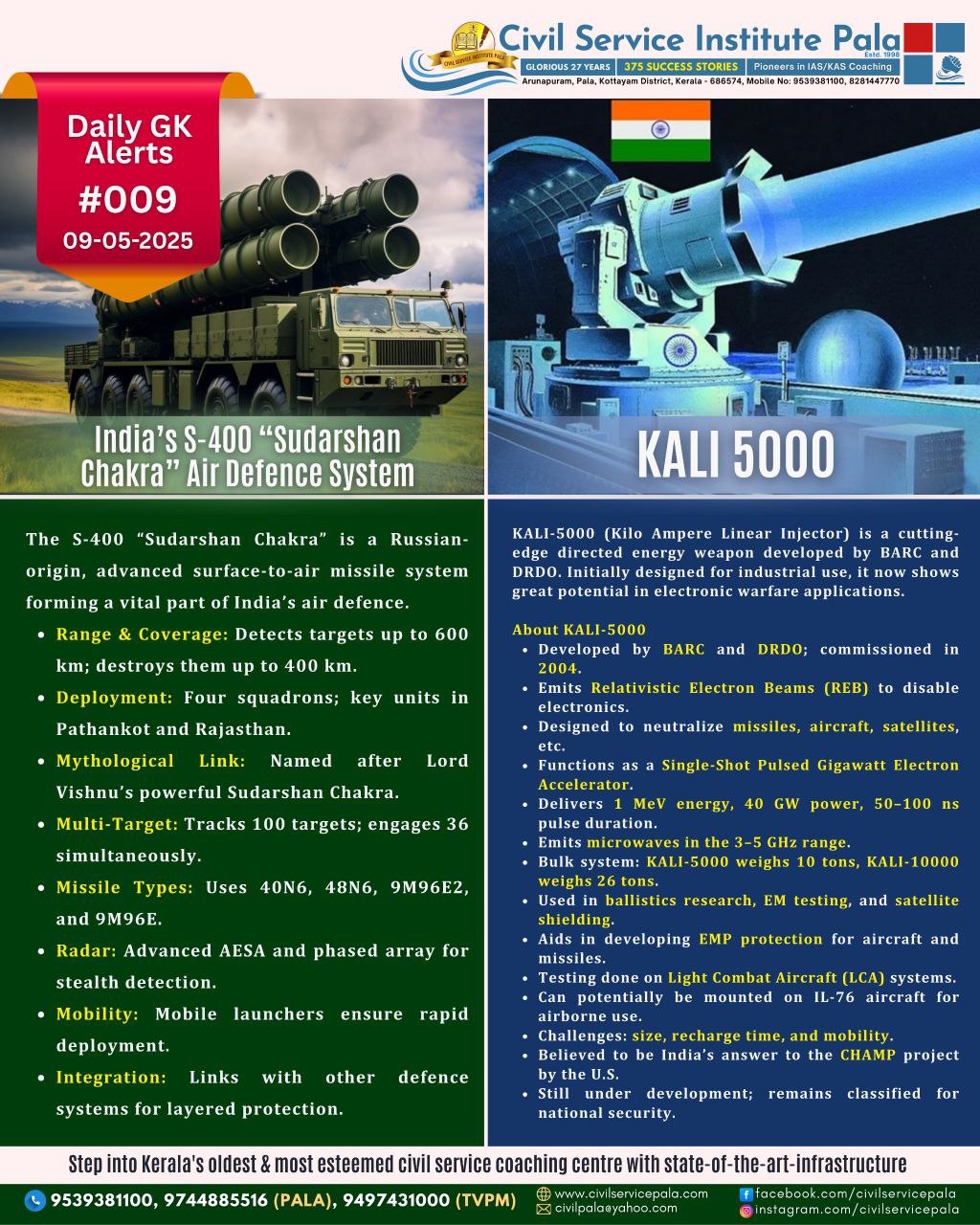
KALI-5000: India’s Secret Electromagnetic Warfare Weapon
India’s defense capabilities have steadily evolved with advances in technology and innovation. Among the most mysterious and potentially groundbreaking developments is the KALI-5000, a high-powered electromagnetic weapon still under development. KALI, which stands for Kilo Ampere Linear Injector, is a linear electron accelerator initially designed for industrial applications. However, its immense potential for defense was soon realized, and since then, the project has progressed under the joint efforts of DRDO (Defence Research and Development Organisation) and BARC (Bhabha Atomic Research Centre).
Development and Design
The origins of the KALI project trace back to 1985 when Dr. R. Chidambaram, then Director of BARC, envisioned an electron accelerator. Officially launched in 1989, the project aimed to produce high-energy electron pulses lasting around 100 nanoseconds at 1 MeV (Mega Electron Volt). The KALI series evolved through various stages—KALI 80, 200, 1000, 5000, and 10000—each version significantly more powerful than the last. KALI-5000, commissioned in 2004, is capable of generating electron beams with 40 GW of power, a pulse duration of 50–100 nanoseconds, and 40kA current.
The technology uses water-filled capacitors to store energy, which is released in a single powerful burst. The system emits high-power microwaves in the 3–5 GHz range and can produce relativistic electron beams (REB) that could disable any object with electronic circuitry—like missiles, aircraft, and satellites. However, its operational limitations include bulkiness, heavy power demands, and slow recharge times, which currently restrict it to single-use functionality.
Applications and Strategic Importance
Although still not fully weaponized, KALI-5000 has been used for critical defense-related testing. The DRDO has utilized it for evaluating the vulnerability of systems such as the Light Combat Aircraft (LCA) and in developing protective electrostatic shields to guard against microwave and electromagnetic pulse (EMP) attacks. The flash X-rays generated by KALI are employed in ultrahigh-speed photography for ballistics research at DBRL (Defence Ballistics Research Laboratory) in Chandigarh.
In future, KALI holds promise as an anti-satellite or missile defense weapon, potentially mounted on airborne platforms like IL-76 aircraft. The system could serve as a strategic counter to threats posed by nations like China and Pakistan. There have even been unverified reports linking KALI to the 2012 Siachen glacier avalanche, suggesting its capability to influence geophysical environments using focused energy.
KALI-5000 represents a significant leap in India’s indigenous high-energy defense technologies. While still under development, the potential applications of this electron accelerator in warfare are vast—from disabling enemy electronics to protecting national assets against EMP attacks. As efforts continue to miniaturize the system and improve its efficiency, KALI could emerge as a cornerstone of India’s futuristic defense strategy. Its existence underscores India’s commitment to staying ahead in the increasingly high-tech realm of modern warfare, even if much about the system remains classified for national security reasons.



